Meet Kyle Giblin MPA/MSW LCSW | Founder – Clinical Supervisor – Gray Guide
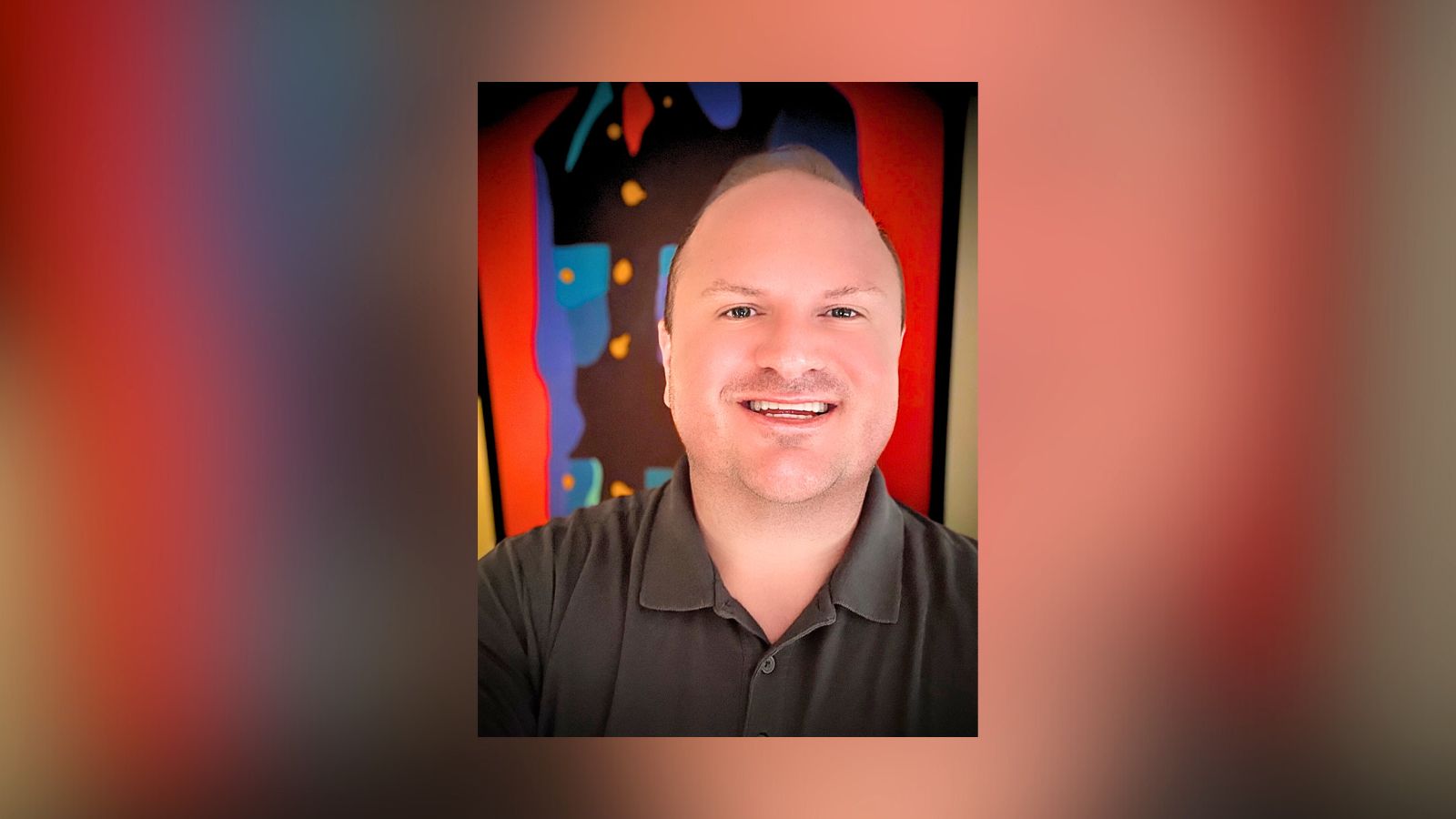

We had the good fortune of connecting with Kyle Giblin MPA/MSW LCSW and we’ve shared our conversation below.
Hi Kyle, where are your from? We’d love to hear about how your background has played a role in who you are today?
From Felon to Fabulous: Thriving in the Gray
Kyle Giblin, MPA/MSW, LCSW
Founder & Clinical Supervisor – Noble Path Counseling & Consulting
Founder & Gray Guide – ElevateGray
(Insert Photo: Professional headshot → pairs with title “From Felon to Fabulous: Thriving in the Gray.”)
Where I’m From & How My Upbringing Shaped Me
I grew up in Laveen, Arizona, at the bottom of South Mountain, surrounded by dirt roads, rodeos, and 4-H livestock shows. Summers were spent riding horses, roping, barrel racing, and showing pigs. My shelves filled with ribbons and trophies, reminders of a childhood that looked picture‑perfect from the outside.
But there was another side of me too. When my sister wasn’t looking, I would slip into her glittering dance costumes — sequins, fringe, bright colors that lit me up inside. In those moments, I wasn’t just a cowboy kid; I was a star. I twirled, sang, and came alive in my own skin. Until the day my mom caught me and said sharply, “Boys don’t wear that stuff.” She stuffed the costumes into a black trash bag and shoved them onto a high garage shelf. A part of me went into that bag too — hidden, silenced, waiting.
From the outside, it looked like the perfect Arizona childhood — cowboy boots, rodeos, ribbons, even my own spotlight on stage at country dive bars singing Reba McEntire. But inside, I was already learning to live in extremes. Cowboy or star, spotlight or shadow, loved or discarded. I thought I had to pick one mask, one performance, one way of being. What I didn’t yet understand was that thriving doesn’t come from choosing sides. It comes from standing in the messy, complicated gray that holds all of it.
(Insert Photo: Childhood clothes Red Shirt ‘KYLE’ with blue Wranglers)
(Insert Photo: Photo of me showing my pig at the Maricopa County Fair)
Cowboy Boots in the Barrio
When my family lost our home, we moved into South Phoenix — the barrio. Suddenly, I was the cowboy kid in boots that still smelled faintly of 4‑H pig shit, dropped into a school where everyone else wore FILAs and Dickies. My white skin and cowboy background stood out, and I was reminded daily that I didn’t fit. Kids made sure I knew: “We don’t dress like that here.”
My cousins lived just a few houses down. They were brown, half‑white, and grew up fully in the hood. They didn’t have to prove themselves or learn another language to belong — they already carried the ease of moving through the barrio. For me, it was different. I was the white cousin, the outsider, and the one who picked up Spanish as a survival skill. It gave me a bridge, but it also deepened the tension. Around my cousins, I felt at home — eating menudo at my tía’s table, laughing through carne asada cookouts, and dancing late into the night. Sometimes it was banda, sometimes cumbias, sometimes even country music. And in that mix, there was space for all of me.
But when Monday came, I went back to school and the contrast sharpened. My cousins blended in, but I still stood out. I was “too white” to be embraced like them, yet too tied to our shared family and culture to ever be fully white either. That contradiction carved me up inside. I wanted the ease they had, but my identity was always under scrutiny. At the time, I thought survival meant choosing one side and erasing the other. What I didn’t know then was that this tension — living in‑between — was its own kind of truth. I wasn’t one or the other. I was both. That was my first lesson in the gray area — the complicated space where real belonging takes root.
The Closet, the Trash Bag, and Me
Growing up in the 80s and 90s, being gay wasn’t just taboo — it was tied to fear. I remember watching daytime talk shows and news segments about the AIDS crisis, and the message was clear: being gay meant you were doomed. That fear sank into my nervous system, convincing me that my truth could cost me my life. So I stayed quiet, swallowing a part of myself while trying to perform identities that felt safer: cowboy, cholo, tough guy, survivor. The closet became my hiding place — safer than exposing myself, but suffocating all the same.
Still, identity has a way of pressing through. By high school, I couldn’t keep my secret completely hidden. I came out first to my cousins — the same ones I grew up dancing with at quinceañeras and eating carne asada with on weekends. They didn’t flinch. They hugged me when I cried, defended me when others mocked, and gave me a sense of acceptance I desperately needed. My tía’s house had always been my sanctuary, and it became the first place where my full self could breathe.
But home was different. At 25, my mom confronted me directly: “Are you gay?” My heart pounded, knowing this was the breaking point. I said the words out loud for the first time with conviction: “Yes, I am. And I’m proud of it.” Her response cut deep: “We did not raise you this way. You will never bring a man around here. You need to get out.” Just like the costumes years earlier, she tried to throw this part of me into a black trash bag and shove it out of sight.
But this time, I wouldn’t let her. I had already spent years in the closet, silencing myself, hiding who I was. Coming out meant I was no longer willing to be stuffed away. I could honor her as my mother and still honor myself. I could detach with love instead of burying myself in shame. That moment taught me that coming out isn’t just about opening the closet door — it’s about refusing to ever again let someone lock your truth in a black trash bag.
(Insert Photo: Dance costume in black trash bag)
Spiraling & Surviving
Like many survivors of trauma, I turned to substances to cope. At first, it was about taking the edge off — a drink here, a hit there — but it quickly became my entire way of surviving. Alcohol and drugs dulled the ache I didn’t know how to sit with. What looked like partying on the outside was really me running from myself on the inside. Addiction pushed me further and further into extremes: blackout nights, reckless decisions, and a nervous system locked in fight‑or‑flight.
The spiral was fast and brutal. DUIs piled up, probation violations mounted, and eventually jail time became my revolving door. Every time I told myself I’d stop, the pain would creep back in and I’d use again. It felt impossible to escape. The truth is, I wasn’t chasing highs — I was running from lows. I thought addiction gave me freedom, but really it was tightening the chains around me. Eventually, it landed me in prison, the bottom I swore I’d never hit.
It’s not easy to say, but prison became the wake‑up call I needed. With nowhere left to run, I was forced to face my choices and start fresh. Addiction taught me the cost of living at the edges — all or nothing, high or low, destroy or disappear. Recovery taught me something I had never considered: life can only be sustained in the middle. Not perfection, not collapse — but consistency, balance, and resilience. In other words, the gray.
Prison Saved My Life
Prison was the last place I ever expected to find life again. On the surface, it was razor wire, cells, and the constant hum of survival. But in its own way, prison shocked me awake. It stripped away every escape I had relied on — no drugs, no alcohol, no numbing. Just me, my consequences, and the men around me who were all living through their own collisions of bad decisions and survival.
Inside those walls, I learned that survival wasn’t just about toughness; it was about connection. Spanish, which I had picked up as a kid in South Phoenix, became a lifeline. It opened doors into communities inside prison, where I found both respect and unexpected belonging. And with belonging came one of the few comforts available — food made with love, even in the harshest environment.
I’ll never forget the first time I tasted prison menudo. It wasn’t made with tripe, but with pork rinds and CornNuts — improvised ingredients turned into a steaming bowl of caldo that warmed us on cold desert nights. Then there were the tamales: nothing like what you’d find at a family Christmas table, but a miracle in their own right. We made them with whatever the kitchen workers could sneak out — salchicha, queso, beans, jalapeños — wrapped and sealed, then placed in a bucket of water with a contraband stinger to create steam. They cooked all night, and by morning we had something that tasted like home.
But the real turning point came when I stumbled into a 12‑Step meeting inside the walls. The smoke‑filled room, the hard plastic chairs, the shaky voices of men talking about hope — it was raw and unpolished, but it was real. For the first time, I heard language that fit the chaos in my head. My sponsor told me something I’ll never forget: “If nothing changes, then nothing changes. No deposit, no return. If you want to stop getting shit on — get out from beneath the horse’s ass.” That blunt wisdom stuck.
Prison gave me structure when I didn’t know I needed it. Probation, ankle bracelets, random tests, endless groups — they became my training wheels. Meetings at the Backyard Group at Central and Broadway grounded me. Later, when I found the sober gay community at Lambda Phoenix Center, I realized that belonging and sobriety could exist together.
Prison stripped me of the highs and the lows and left me with the raw middle. It forced me to live in the gray: no escape, no extreme, just steady survival that became steady recovery. For years, I thought the choice was “use or die.” In prison, I discovered a third option: live — one day at a time.
(Insert Photo: Prison desert sunset photo)
Learning to Love Beyond Survival
Sobriety gave me clarity, but relationships gave me growth. For years, intimacy felt like a battlefield. I swung between extremes — clinging so tightly I lost myself, or pushing people away the moment they got too close. My disorganized attachment left me craving closeness and fearing it at the same time, caught in a cycle of desperation and withdrawal. Emotional enmeshment felt like love, but it blurred the lines of self and other until both identities became tangled.
Through therapy, support groups, and honest reflection, I began to learn the power of functional boundaries. Boundaries weren’t walls to keep people out; they were structures that allowed me to stay connected without losing myself. Slowly, I discovered that love doesn’t have to mean fusion, and independence doesn’t have to mean isolation. Real intimacy lives in the gray space between those extremes — where two whole people can choose each other without erasing themselves.
Turning It Around
Sobriety gave me stability, and with that foundation I dared to reclaim a dream I once traded away. I went back to school, first earning a bachelor’s degree, then two master’s degrees — one in public administration and one in social work. Each step felt like stitching back a piece of myself I thought I had lost forever. Education wasn’t just about textbooks and lectures. It was my redemption arc, proof that the boy who once believed he would never make it out could not only survive but also succeed.
Through those years, I came to understand that healing isn’t a straight line. It’s not broken or fixed, sinner or saint. It’s a process — brick by brick, class by class, therapy session by therapy session. Education gave me the tools to understand the world and serve others. Therapy gave me the transformation to understand myself and live with integrity. Together, they taught me that meaning isn’t found in perfection — it’s built in the process of rising, again and again.
(Insert Photo: Cap & Gown Photo)
Building Noble Path
In 2020, I founded Noble Path Counseling & Consulting, a multi‑state psychotherapy practice serving Arizona, Indiana, and Illinois. The name comes from Buddhist teachings I discovered in prison — the Four Noble Truths and the Eightfold Path — which gave me a framework for living and now guide the heart of our practice.
At Noble Path, we specialize in trauma, addiction, complex relationships, and identity. Our team reflects the communities we serve: LGBTQ+, culturally diverse, neurodivergent, and affirming of nontraditional relationships (polyamory, kink, ENM). We combine evidence‑based, body‑informed, and practical approaches that help people feel safe, heal deeply, and create lasting change.
What we do and how it helps:
– EMDR: Helps to quickly reprocess and release the pain of traumatic memories so they no longer run the show.
– IFS: Builds compassion toward our “inner parts” (the protector, the anxious child, the critic) so people feel whole and integrated instead of fragmented.
– DBT: Teaches concrete tools for handling intense emotions, improving relationships, and moving away from all‑or‑nothing thinking.
– ACT: Shifts focus from fighting thoughts to living in alignment with values.
– ERP: Gold standard for OCD — gently faces fears without falling into compulsions.
– Sensorimotor & Somatic practices: Work directly with the nervous system to release stored trauma, restore calm, and rebuild safety in the body.
– Emotion-Focused Individual Therapy helps people heal attachment wounds, break intimacy-blocking belief systems, and rebuild trust in themselves and others while exploring erotic recovery and intimacy in a safe, compassionate way.
Every therapist at Noble Path is hand‑selected — not just for their credentials, but for their authenticity. Each has done their own work sitting on the therapy couch and knows firsthand the courage it takes to heal. Backed by advanced training and significant expertise, they bring both empathy and mastery into the room.
At Noble Path, therapy isn’t just about reducing symptoms — it’s about creating belonging, balance, and transformation. We meet people where they are and help them discover their own path forward.
Love Without Borders
While building my career, I was also building something even more meaningful — a life with my husband. Our story didn’t begin in the traditional way. It started across countries and cultures, sustained by long‑distance calls, late‑night video chats, and the kind of trust it takes to keep choosing each other even when miles apart. What began as friendship grew into love, and eventually into a marriage grounded in growth and resilience.
Navigating a cross‑cultural relationship hasn’t always been easy. Different languages, belief systems, and life experiences meant we often had to slow down, listen harder, and learn from each other in real time. But those differences became our greatest strength. They taught us that relationships don’t thrive on perfect symmetry — they thrive on balance.
Today, I experience that balance in my marriage. My husband and I don’t pretend to be perfect. We live by our 80/20 rule: 80% of the time we get it right, and the other 20% we repair. That rhythm has become our strength. We know how to name our missteps, how to pause, and how to come back to each other without shame. That’s real love — not a polished picture, but a living, breathing relationship that thrives in the gray.
Love across borders showed me that real intimacy lives in the gray. It’s in the space where two people can hold their differences without breaking, where friction becomes a teacher, and where commitment means showing up even when it’s uncomfortable. Our marriage isn’t about avoiding conflict or pretending to be perfect. It’s about leaning into that gray space together and building something stronger than either of us could create alone.
(Insert Photo: My husband and I holding hands)
From Felon to Fabulous
There was a time when my life felt broken beyond repair. Addiction, alcoholism, and prison defined my days, and I thought that was the end of my story. I was a felon, stripped of rights, weighed down by shame, and living on survival mode. The world told me that people like me don’t make it out. But I did.
Today, my civil rights are restored, my felony is set aside, and I stand in a life I once thought was impossible. I went from inmate numbers and courtrooms to being a licensed psychotherapist, a business owner, and a mentor to other clinicians. I founded Noble Path Counseling & Consulting, a thriving multi‑state practice that specializes in the very things I once struggled with — trauma, addiction, and complex relationships. I built ElevateGray as a global life and wellness platform — and a movement — to share the lessons of living in the messy middle and to help others find their strength in the gray.
But “fabulous” isn’t just about degrees, businesses, or achievements. It’s about the wholeness I’ve reclaimed. It’s about building a marriage with my husband that is rooted in love and growth. It’s about traveling the world, embracing new cultures, and living openly as a gay man in ways my younger self could never imagine. It’s about health — losing over 100 pounds, building strength, and honoring my body after years of neglect. It’s about balance — knowing that perfection is an illusion, but progress is always possible.
From felon to fabulous means that my past does not define my future. It means scars can become stories of strength, and brokenness can become the foundation of beauty. It’s proof that redemption is not just possible — it’s powerful. And it’s a reminder that we don’t have to live in extremes to thrive. The fabulous is found right here in the gray.
(Insert Photo: Pickleball photo)
The Magic Happens in the Gray
For much of my life, I thought success had a finish line: sobriety, degrees, career, or marriage. I chased each milestone, convinced that when I reached it, I’d finally feel whole. But every time I arrived, I realized the journey wasn’t over. Growth isn’t a straight climb to some shining peak — it’s an ongoing cycle of rising, stumbling, and rising again.
The truth is, the magic never lived in the extremes. It wasn’t found in the highest highs or the darkest lows. It was in the middle — in the ordinary days of showing up, practicing balance, repairing when things break, and learning to thrive without needing perfection. That’s where the gray comes in. The gray isn’t dull or lifeless; it’s where contradictions coexist. It’s where resilience takes shape. It’s where creativity, intimacy, and real freedom are born.
That’s why I created ElevateGray. It isn’t therapy. It isn’t traditional coaching. It’s a global life and wellness platform — and a movement. A living, breathing community for people who are tired of being pulled to the edges and are ready to thrive in the middle ground. The gray is where healing, belonging, growth, and expression come together. It’s where survival turns into thriving. It’s where people stop hiding and start living.
The message is simple: you don’t have to choose between broken or healed, saint or sinner, addict or recovered, cowboy or queer. You are both, and more. The gray is where all of you belongs.
So here’s my call to you: Get into the Gray. Step into the space where wholeness is possible, where contradictions no longer cancel each other out but complete the picture. That’s where life happens. That’s where the magic happens in the gray. That’s where we savor, rise, and go beyond. Follow @ElevateGray on Instagram to join the movement as it launches.
(Insert Photo: Professional Headshot “ElevateGray”)
Links
Noble Path Counseling & Consulting
Website: www.noblepathcc.com
ElevateGray
Instagram: @ElevateGray
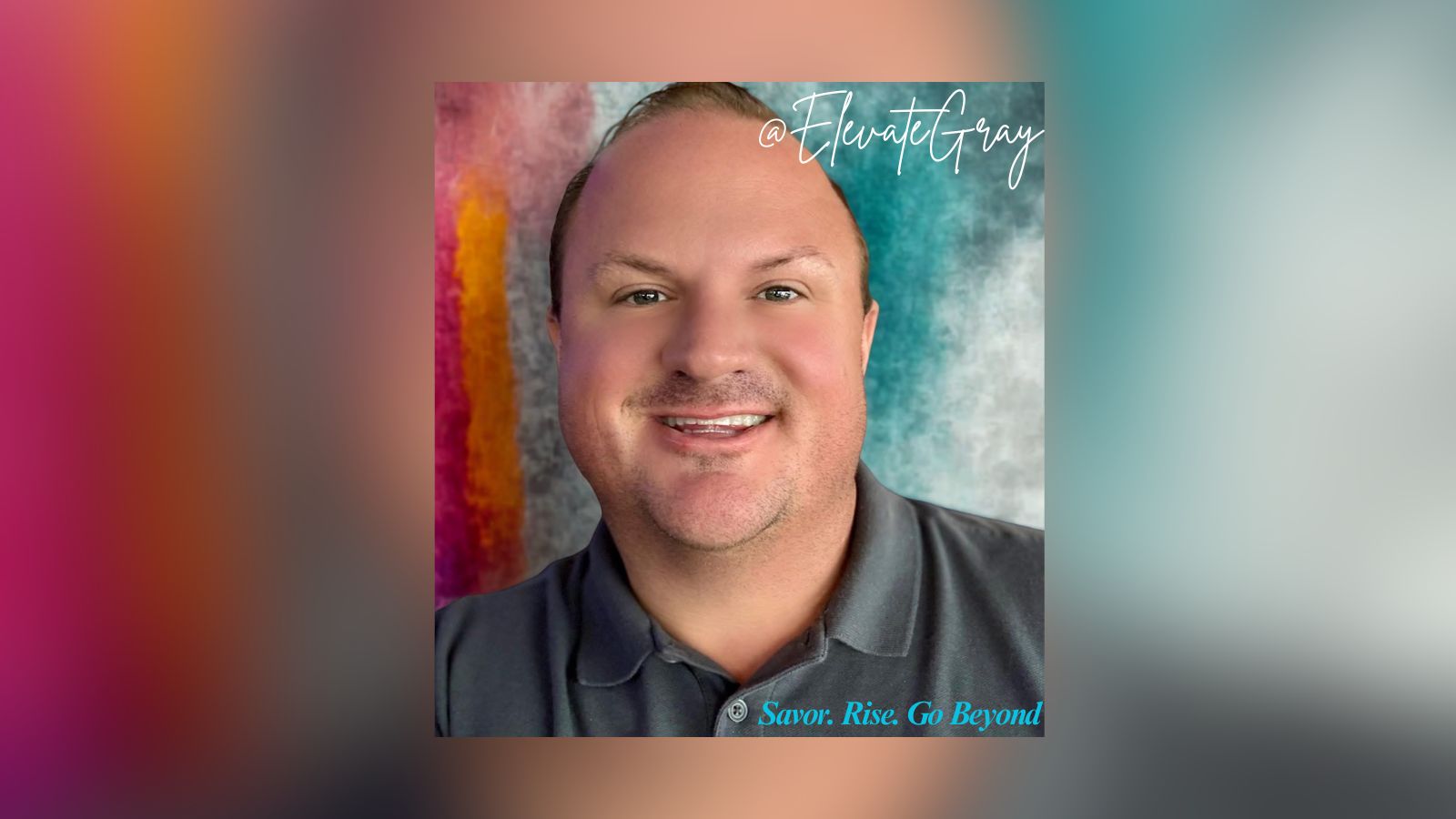
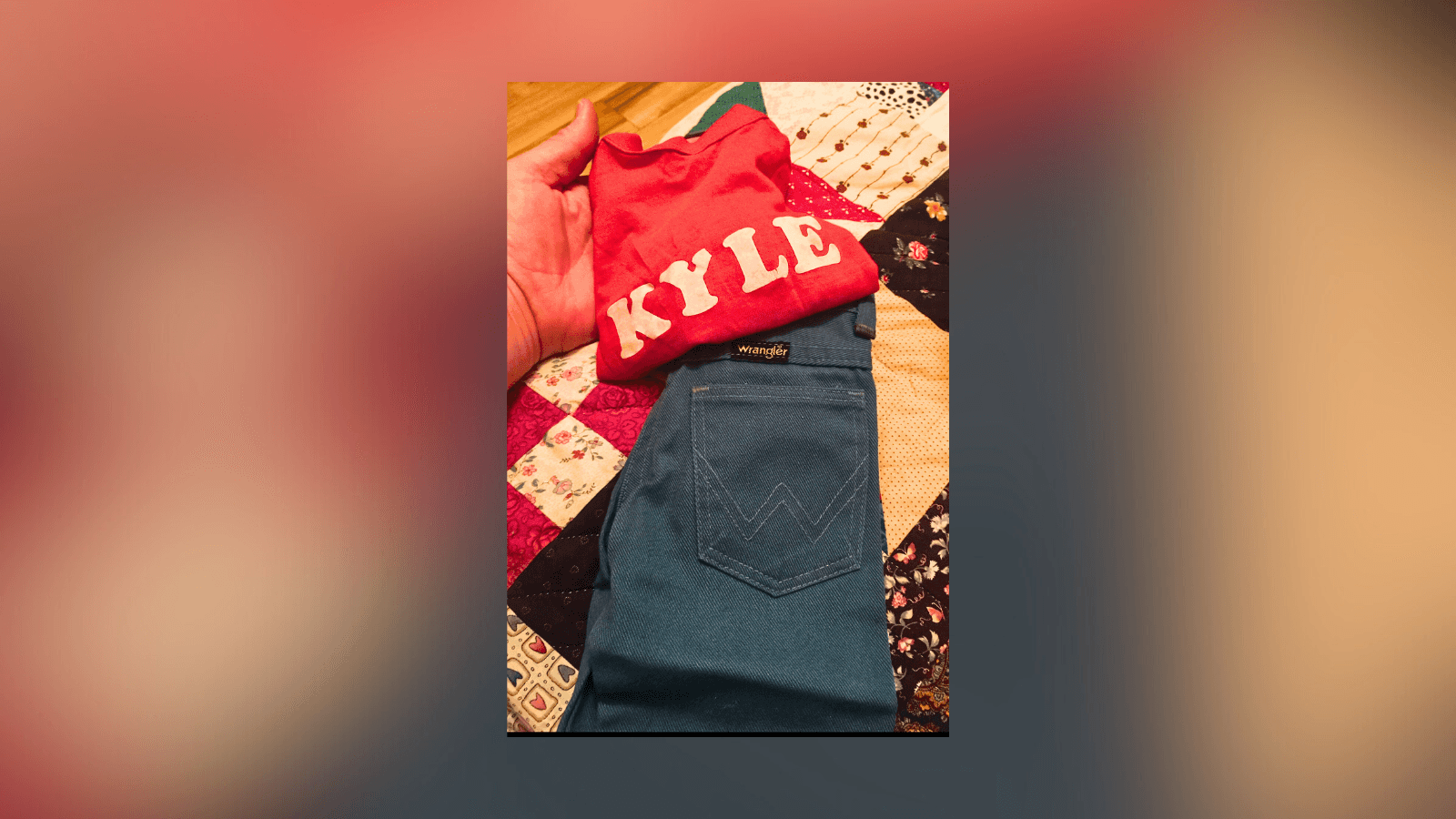
What should our readers know about your business?
Noble Path Counseling and ElevateGray were both born from my lived experience. I didn’t come into this work through the “easy” road. My story includes addiction, incarceration, and years of learning to rebuild my life from the ground up. What sets us apart is that our practice and brand aren’t just built on theory — they are rooted in resilience, healing, and the belief that scars can become sources of strength.
At Noble Path Counseling, we’ve grown into a thriving multi-state psychotherapy practice by intentionally seeking out and training clinicians who reflect the communities we serve — LGBTQ+, migrants, and people navigating trauma, addiction, and complex relationships. We’ve created a collaborative model where therapists learn from each other, stay connected in a virtual world, and avoid burnout by honoring work-life balance.
ElevateGray is my next chapter: a global wellness platform that helps people thrive in the “messy middle” of life — the gray area where contradictions live and wholeness is possible.
I’m most proud that what once felt like my biggest liabilities — my past, my identity, my struggles — have become the foundation for serving others. Our lesson is simple: you don’t have to live in extremes to thrive. The magic happens in the gray.
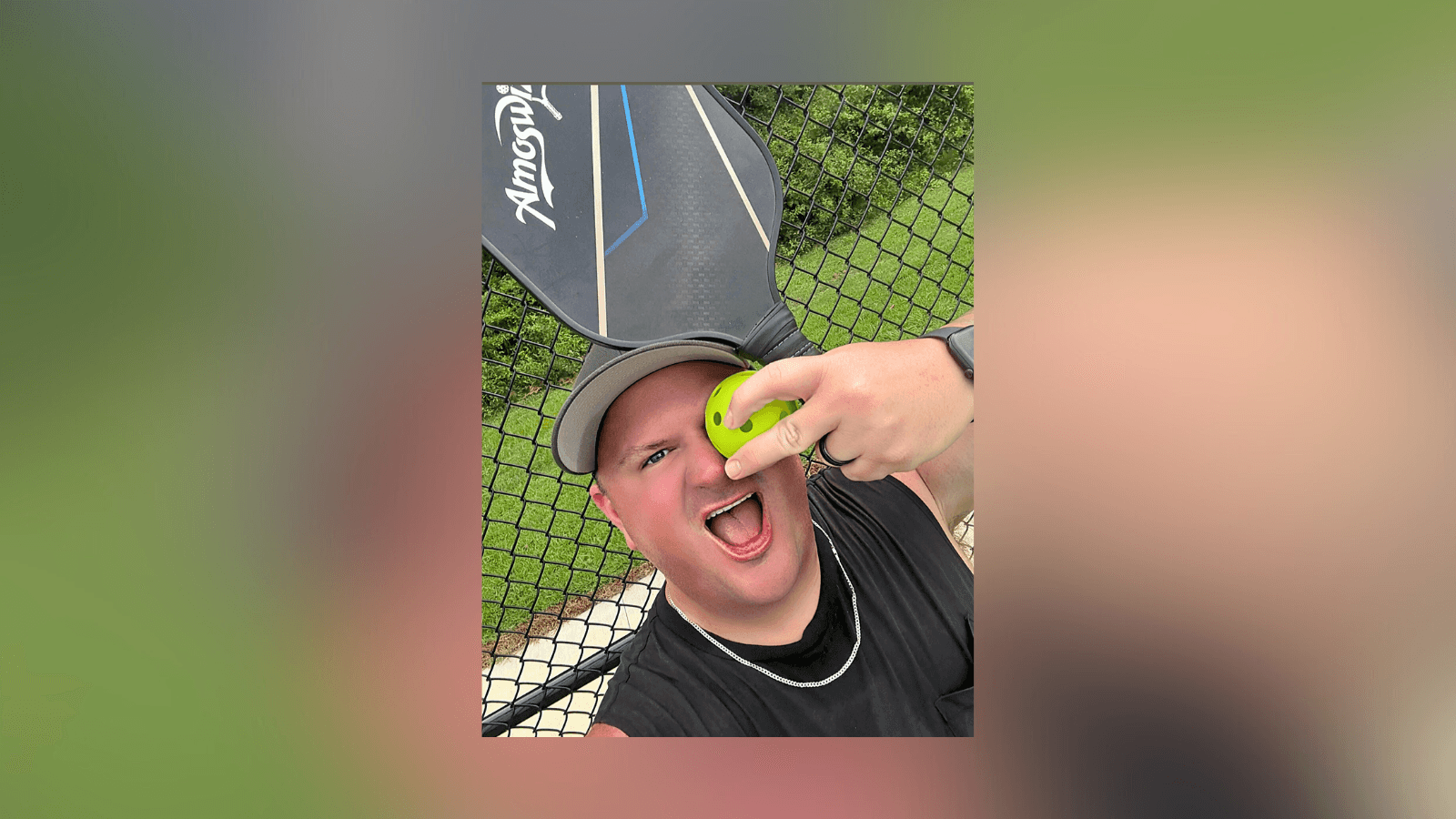

If you had a friend visiting you, what are some of the local spots you’d want to take them around to?
If my best friend came to visit, the first stop would be South Mountain. On the drive up, we’d pass through my childhood stomping grounds in South Phoenix, where I’d reminisce about growing up off 7th Avenue and Broadway. At the top, we’d take in sweeping views of the Valley — the kind of panorama that connects past and present all at once.
From there, we’d head downtown for a First Friday art walk, weaving through galleries, street performers, and food trucks. That night would be all about color, community, and creativity — the heartbeat of Phoenix.
No trip would be complete without a road trip to Sedona. We’d hike among the red rocks, pause for reflection at the Buddhist stupa, and cap it off with a creekside picnic. The contrast of fiery cliffs and quiet water makes it unforgettable.
The rest of the week, we’d mix it up: exploring Roosevelt Row murals, catching a Diamondbacks game, maybe visiting the Phoenix Art Museum.
And if they came in the summer? We’d do what Arizonan’s do best–skip the heat, retreat to an air-conditioned theater, and save the hiking for cooler days.
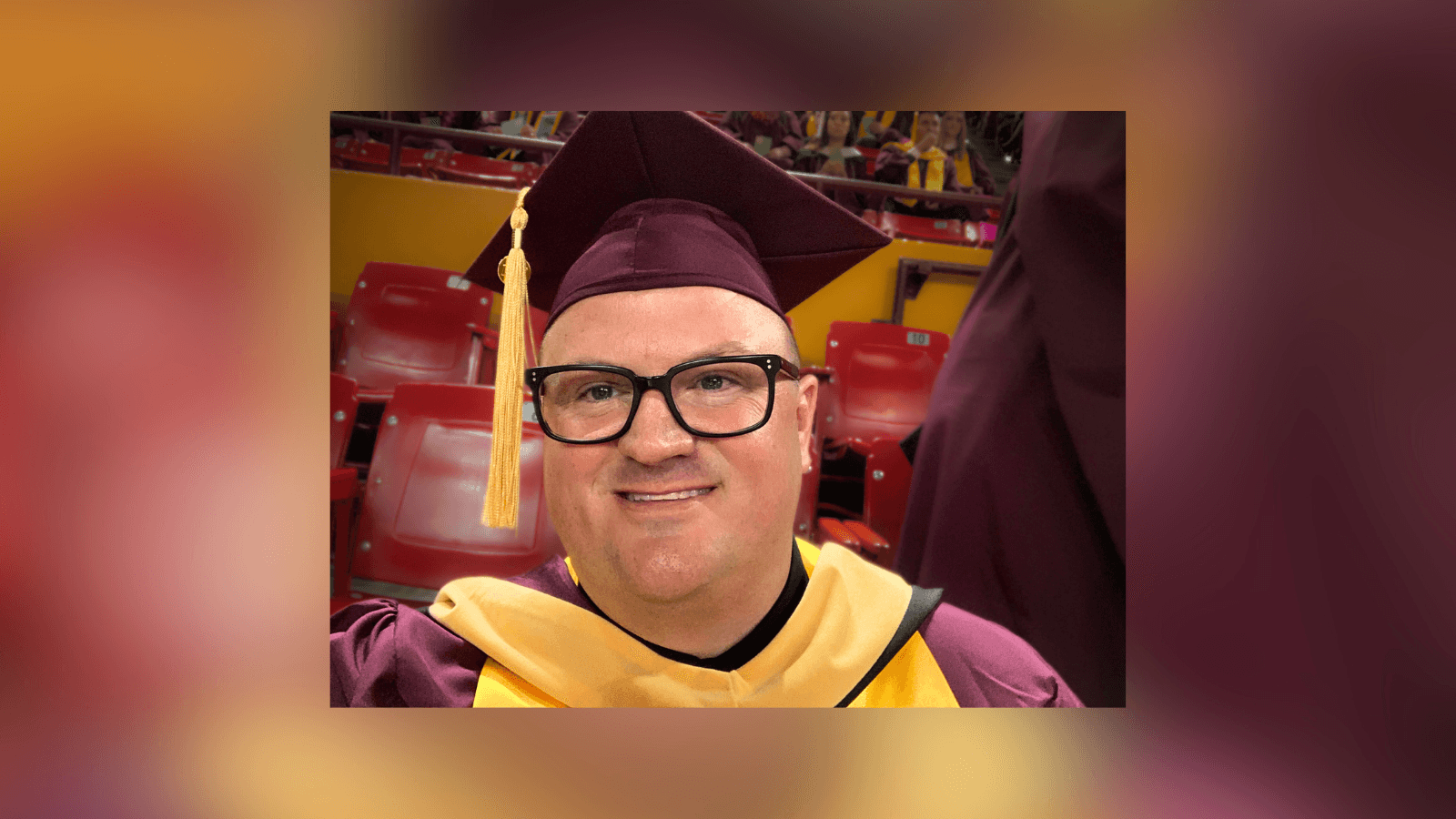

Who else deserves some credit and recognition?
My sponsor in recovery has been pivotal in my growth and transformation. He encouraged me to seek therapy for deeper healing and it was absolutely worth it. His compassionate, affirming presence gave me what I had never received before. He has celebrated with me, cried with me, and cheered me on. Over time, he became a father figure in my life — even officiating my wedding. I know my heart would not be the same without his unwavering presence and guidance.

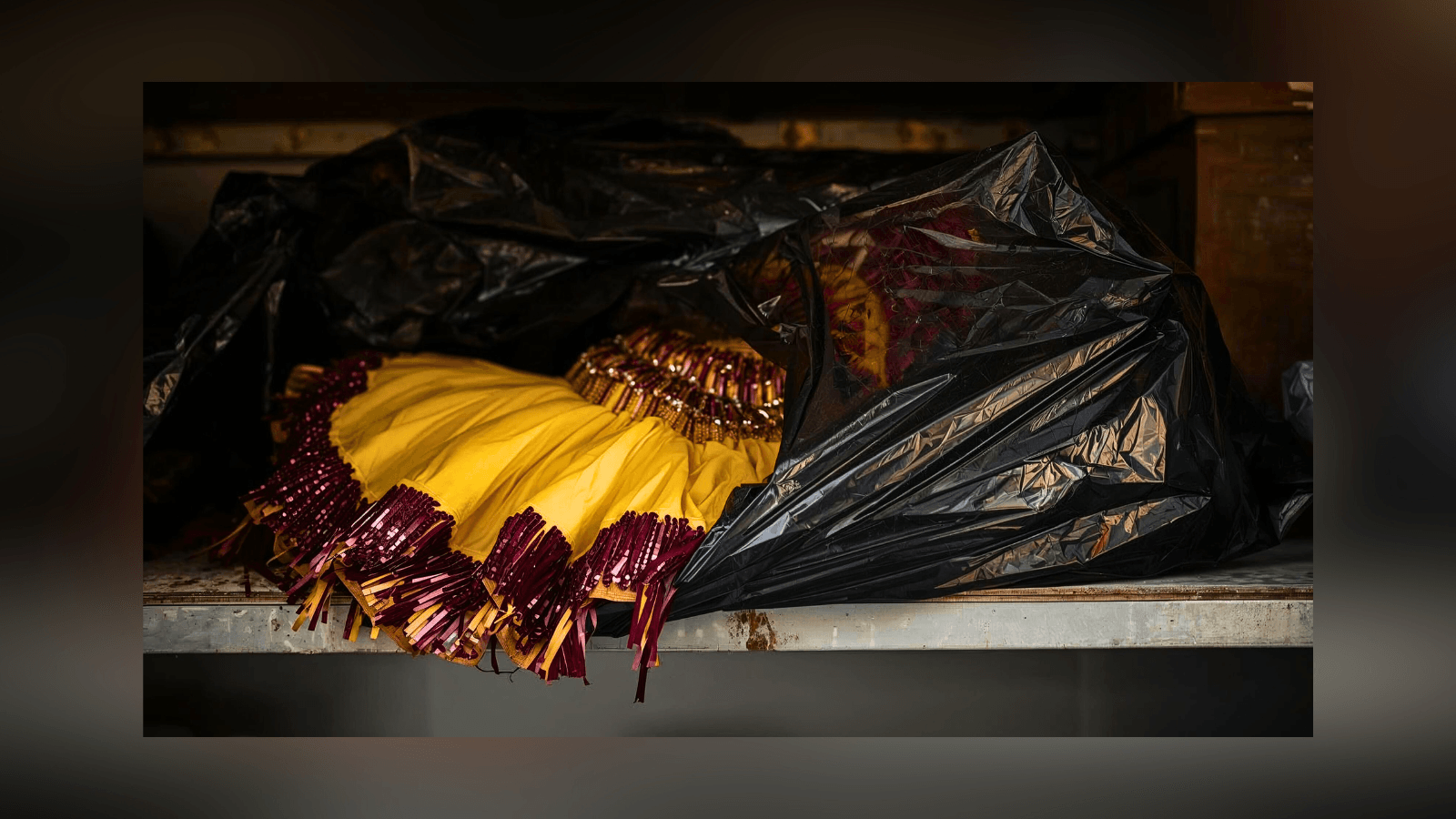
Website: www.noblepathcc.com
Instagram: @ElevateGray
Image Credits
I took these pictures myself.
